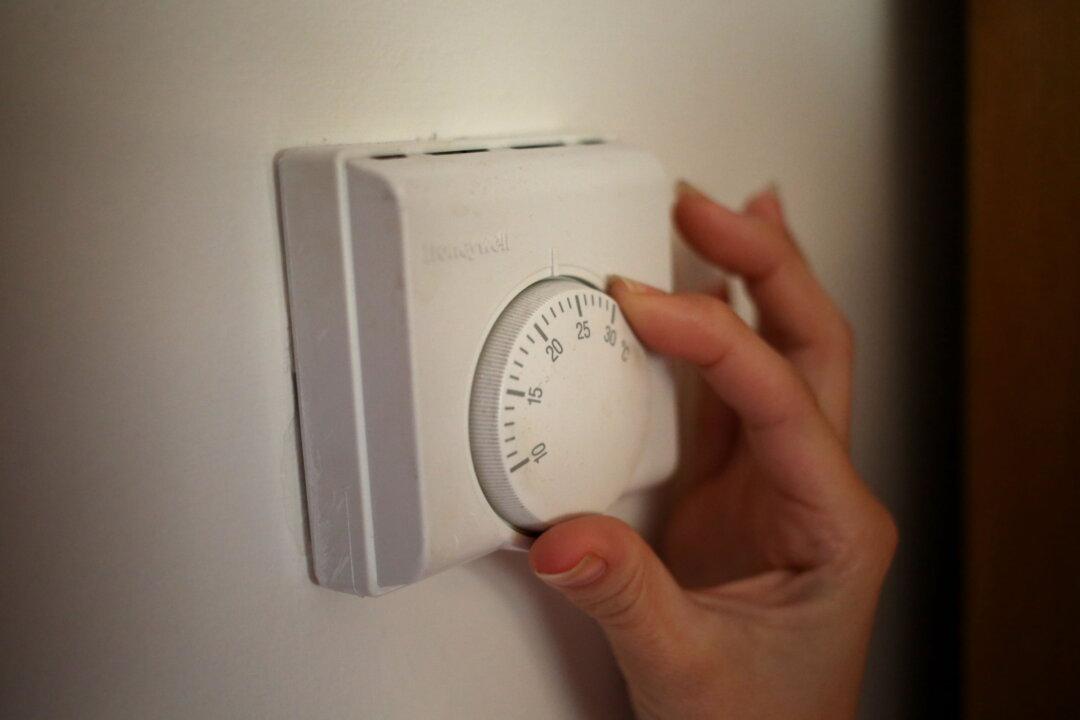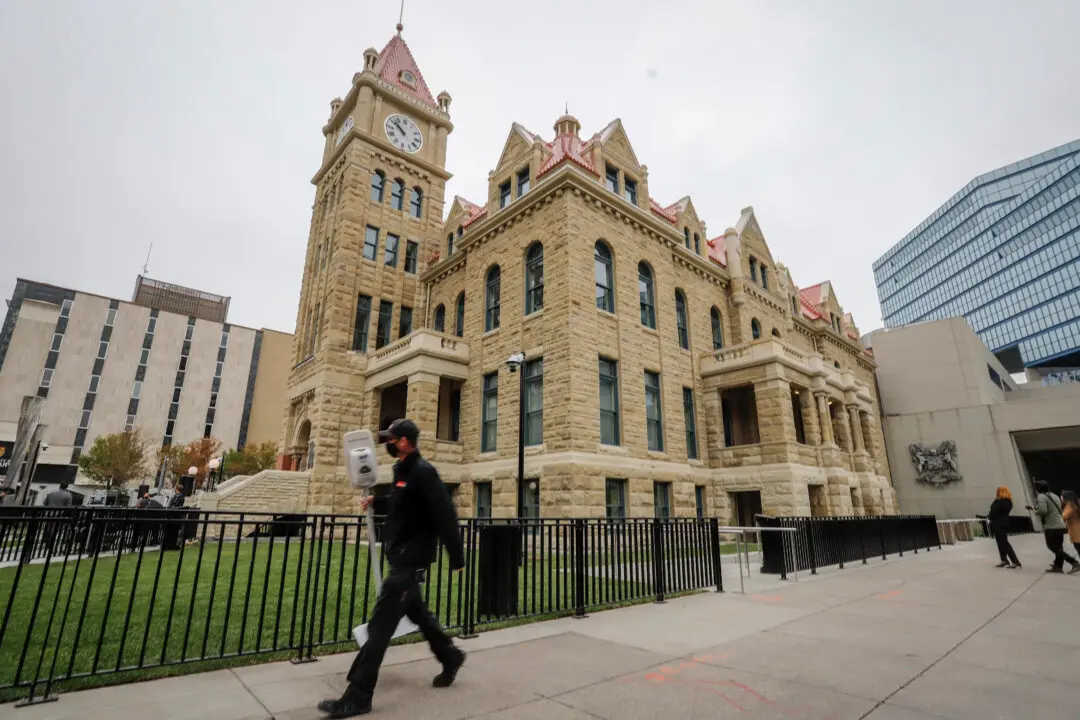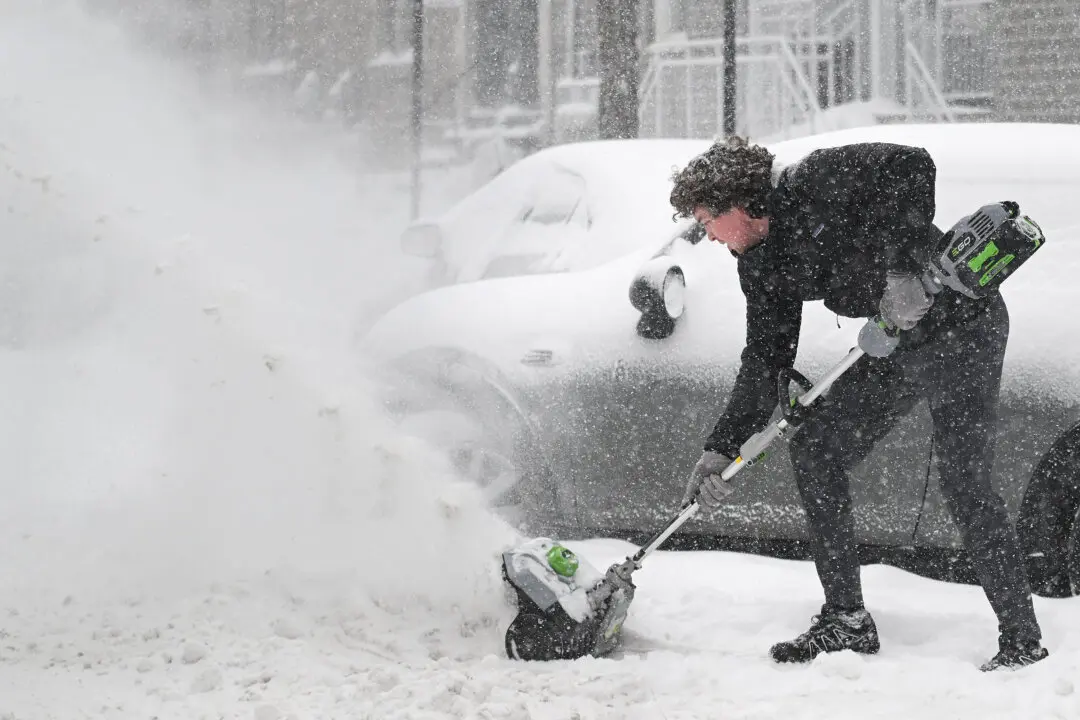Some Canadians are not able to afford to heat or cool their homes, a new Statistics Canada report shows.
The report, released on Oct. 30, said that 14 percent of Canadian households were kept at an “unsafe or uncomfortable temperature” for at least four weeks in the past year.





